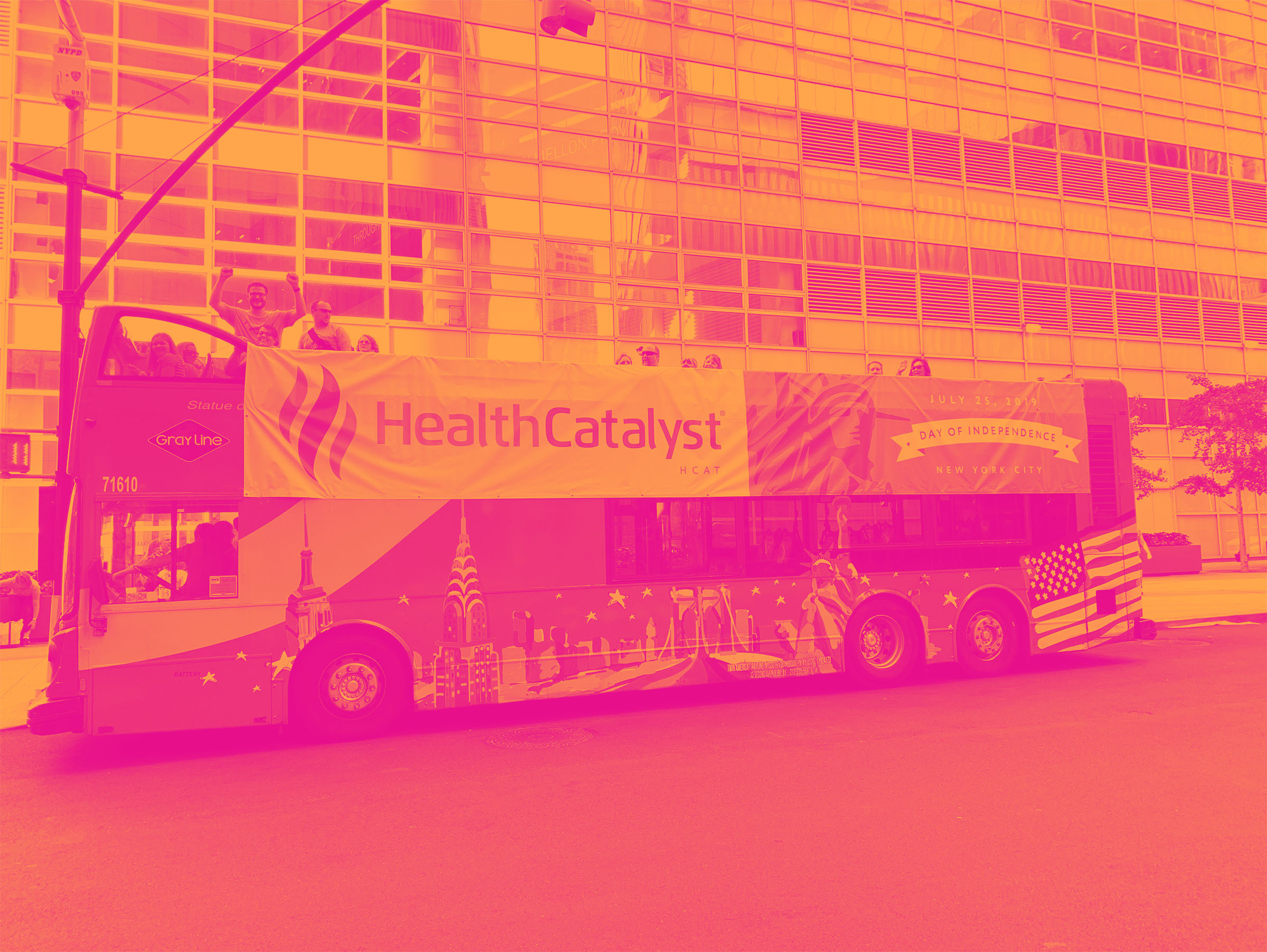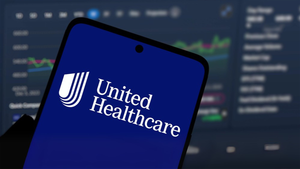
Health Catalyst’s Q2 results were met with a strongly negative market reaction, driven by management’s downward revision of revenue expectations and acknowledgment of significant headwinds. CEO Dan Burton highlighted that the company’s largest clients, particularly in the not-for-profit and academic medical sectors, are “reeling and looking for a way to plan for a new normal” following the unprecedented scale of Medicaid and research funding cuts. The company attributed revenue softness to clients delaying or reducing expansion spend, as well as a shift toward using Ignite migration cost savings to offset budget pressures. Management’s tone was notably cautious, with Burton explaining, “This is the largest cut in history to Medicaid. It is a huge reduction and something that will take some time for everyone in the ecosystem to really better understand.”
Is now the time to buy HCAT? Find out in our full research report (it’s free).
Health Catalyst (HCAT) Q2 CY2025 Highlights:
- Revenue: $80.72 million vs analyst estimates of $80.57 million (6.3% year-on-year growth, in line)
- Adjusted EPS: $0.04 vs analyst estimates of $0.04 (in line)
- Adjusted Operating Income: -$3.34 million vs analyst estimates of -$12.9 million (-4.1% margin, 74.1% beat)
- The company dropped its revenue guidance for the full year to $310 million at the midpoint from $335 million, a 7.5% decrease
- EBITDA guidance for the full year is $41 million at the midpoint, above analyst estimates of $40.53 million
- Operating Margin: -46%, down from -20.8% in the same quarter last year
- Market Capitalization: $226.6 million
While we enjoy listening to the management's commentary, our favorite part of earnings calls are the analyst questions. Those are unscripted and can often highlight topics that management teams would rather avoid or topics where the answer is complicated. Here is what has caught our attention.
Our Top 5 Analyst Questions From Health Catalyst’s Q2 Earnings Call
- Joanna (Evercore ISI) asked about the outlook for the Carevive life sciences business and required investment levels. CEO Dan Burton explained that deal delays are tied to research funding cuts and that any recovery would be considered upside to current guidance.
- John Wilson Ransom (Raymond James) questioned why Health Catalyst’s end-market view was more negative than that of public hospital equities. CEO Dan Burton emphasized that not-for-profit and academic clients are more exposed to Medicaid and research funding cuts, driving greater caution.
- Derek William Gross (Piper Sandler) requested clarity on the contribution of existing clients versus new clients to net new platform client growth. Burton confirmed that two-thirds of new platform clients are from cross-sell efforts with existing customers, reflecting the company’s focus on leveraging its base.
- Daniel R. Grosslight (Citi) probed about long-term growth rates given persistent headwinds. Burton acknowledged the likelihood of multi-year low-to-mid single-digit revenue growth, noting that application revenue should remain a growth engine and that platform headwinds should abate after mid-2026.
- Gabrielle Alexa Ingoglia (Cantor Fitzgerald) inquired about the expiration of enhanced premium subsidies and its effect on provider clients. Burton affirmed it is a concern for many customers, adding to the sector’s complexity and reinforcing the value of Health Catalyst’s revenue optimization solutions.
Catalysts in Upcoming Quarters
In upcoming quarters, our analysts will watch (1) the pace and success of Ignite platform migrations and whether clients resume expansionary spending, (2) execution of the company’s restructuring plan and progress toward EBITDA margin targets, and (3) the trajectory of application revenue growth, especially cross-sell rates within the existing client base. The degree to which clients adapt to the new funding environment will also be a critical signal for Health Catalyst’s recovery and future growth.
Health Catalyst currently trades at $3.20, down from $3.70 just before the earnings. In the wake of this quarter, is it a buy or sell? Find out in our full research report (it’s free).
Our Favorite Stocks Right Now
Donald Trump’s April 2025 "Liberation Day" tariffs sent markets into a tailspin, but stocks have since rebounded strongly, proving that knee-jerk reactions often create the best buying opportunities.
The smart money is already positioning for the next leg up. Don’t miss out on the recovery - check out our Top 5 Growth Stocks for this month. This is a curated list of our High Quality stocks that have generated a market-beating return of 183% over the last five years (as of March 31st 2025).
Stocks that made our list in 2020 include now familiar names such as Nvidia (+1,545% between March 2020 and March 2025) as well as under-the-radar businesses like the once-small-cap company Comfort Systems (+782% five-year return). Find your next big winner with StockStory today.
StockStory is growing and hiring equity analyst and marketing roles. Are you a 0 to 1 builder passionate about the markets and AI? See the open roles here.






